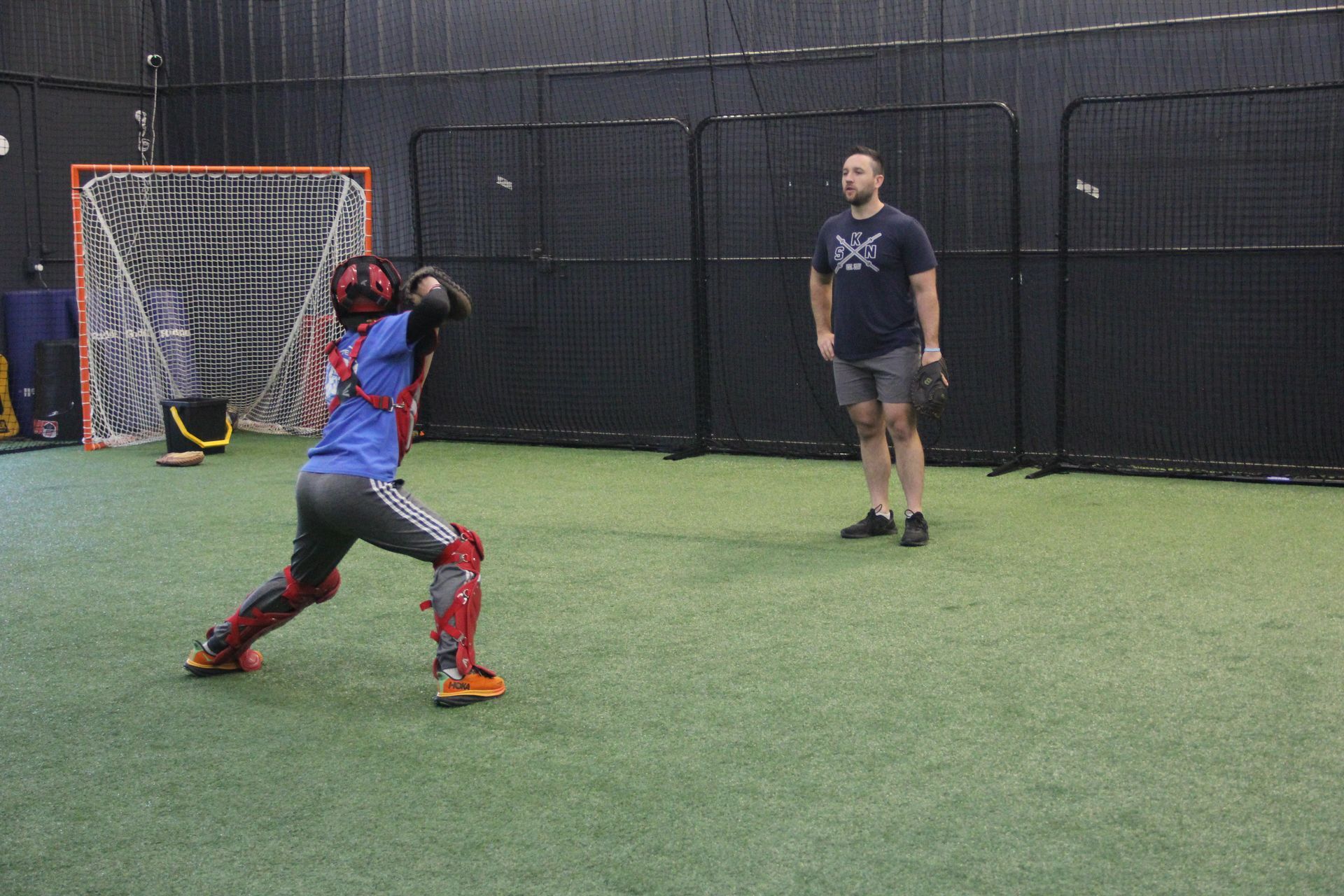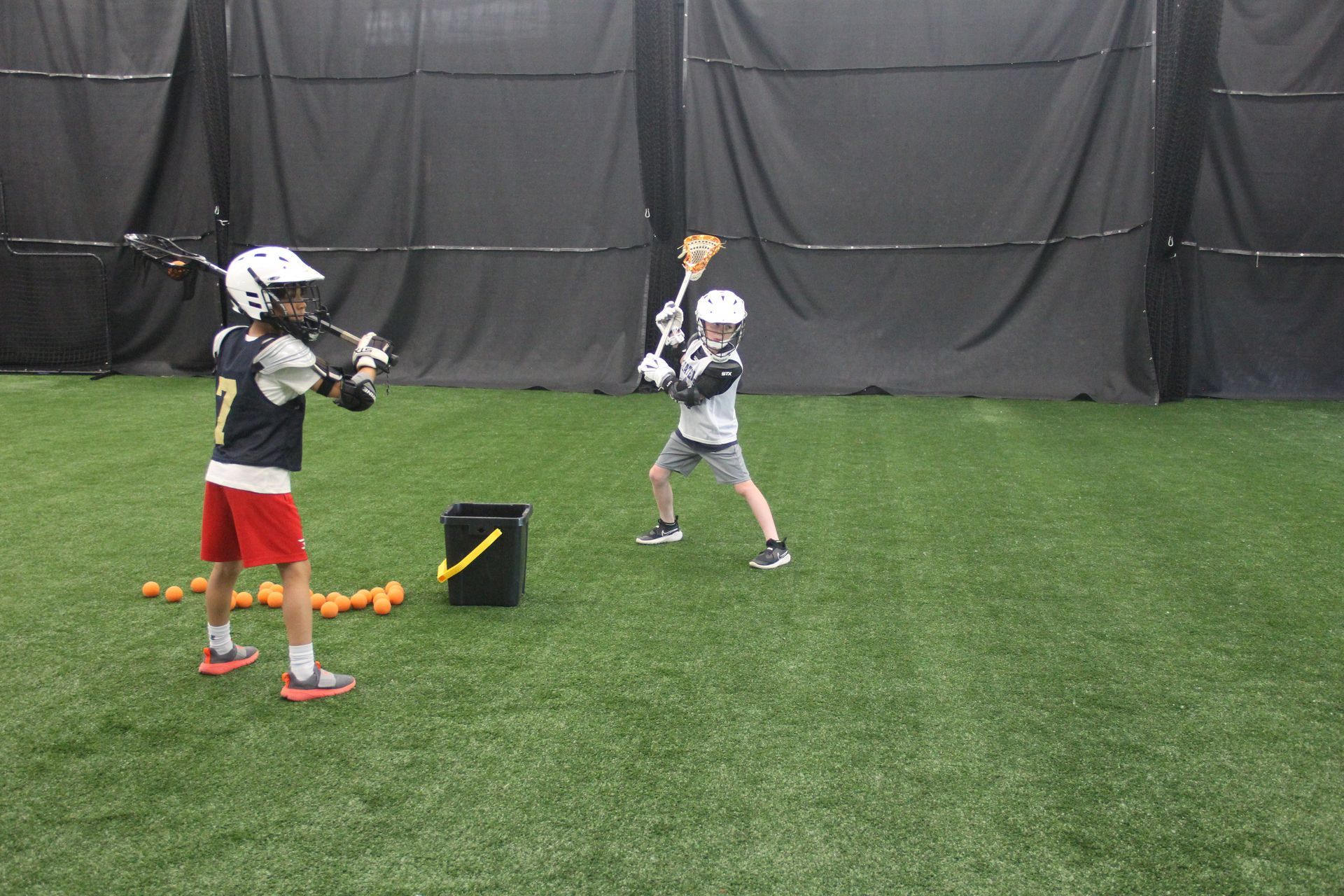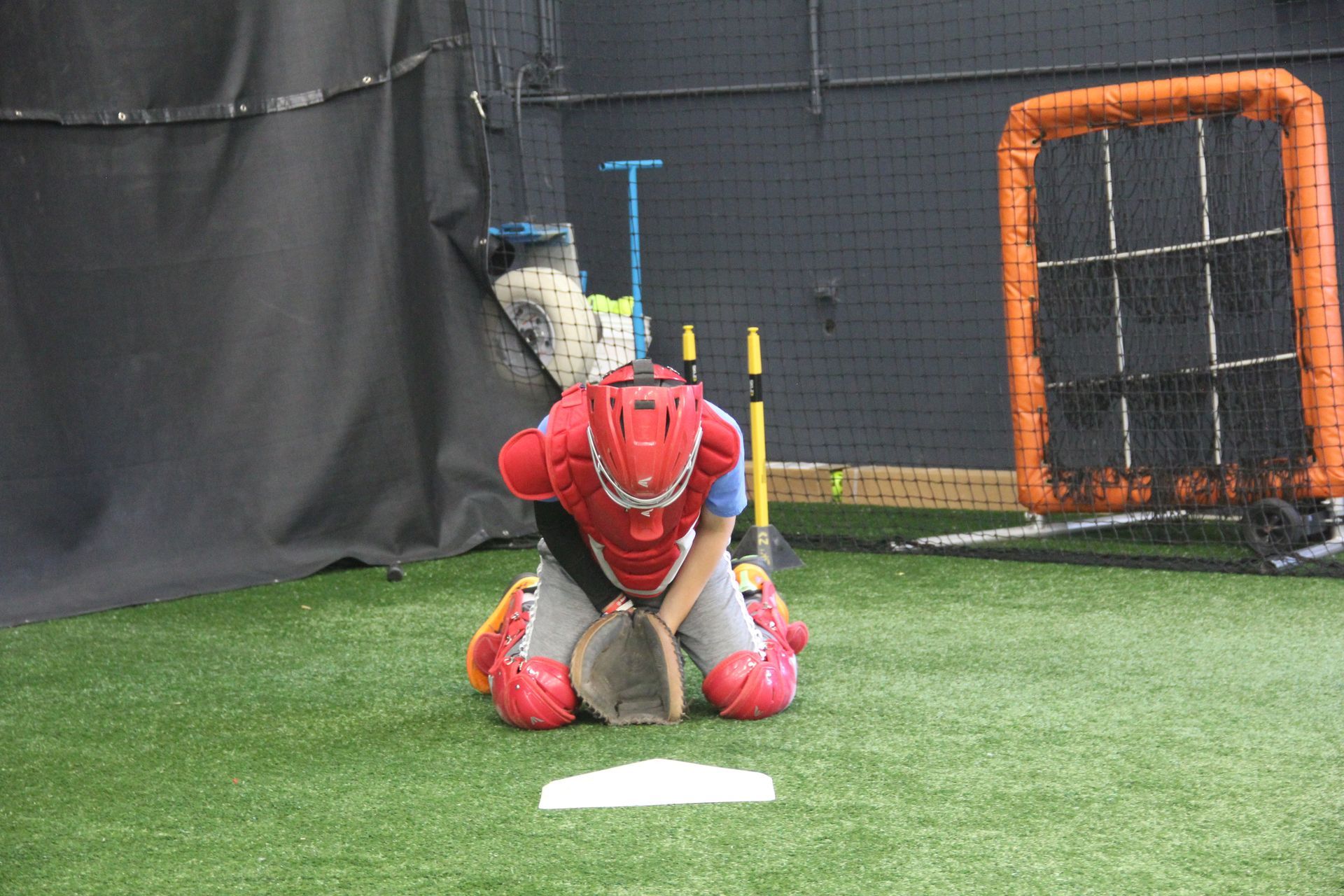Understanding the Basic Rules of Lacrosse
A Beginner's Guide for Parents and Players

Lacrosse is a fast-paced, exciting sport that combines elements of soccer, basketball, and hockey. If your child is new to the sport, understanding the basic rules is essential for enjoying the game and supporting your young player. This article will provide an overview of the fundamental rules of lacrosse.
Objective
The primary objective in lacrosse is to score more goals than the opposing team by throwing the ball into the opponent's goal using a lacrosse stick.
Players and Positions
A lacrosse team typically consists of 10 players on the field at a time (boys' lacrosse) or 12 players (girls' lacrosse). The positions include:
- Attackers: Responsible for scoring goals.
- Midfielders: Play both offense and defense, transitioning the ball between the two ends of the field.
- Defenders: Responsible for preventing the opposing team from scoring.
- Goalie: Defends the goal and prevents the opposing team from scoring.
Field Layout
A lacrosse field is typically 110 yards long and 60 yards wide. It is divided into two halves by a midfield line, with each team defending one end of the field. The goals are located at opposite ends of the field, inside the "crease," a circular area where only the goalie is allowed.
Game Duration
A regulation lacrosse game consists of four quarters, with the length varying by level of play:
- Youth: 8-minute quarters
- High School: 12-minute quarters
- College: 15-minute quarters
Face-offs
Each quarter begins with a face-off at the midfield line. Two players compete for possession of the ball by placing their sticks on the ground and trying to gain control of the ball when the referee blows the whistle.
Checking
Lacrosse allows for limited physical contact, known as checking. Players can use their sticks or bodies to dislodge the ball from an opponent's stick or to prevent them from gaining possession. However, there are strict rules governing the level and location of contact to ensure player safety.
Fouls and Penalties
Fouls in lacrosse result in a change of possession or a penalty. Common fouls include:
- Slashing: Striking an opponent with the stick.
- Tripping: Using the stick or body to trip an opponent.
- Cross-checking: Hitting an opponent with the shaft of the stick between the hands.
- Illegal body checking: Making contact from behind, above the shoulders, or below the waist.
Penalties can result in a player being removed from the game for a specific duration, giving the opposing team a "man-up" advantage.
Key Differences Between Boys' and Girls' Lacrosse
While the basic objectives and field layout are similar, there are some key differences between boys' and girls' lacrosse:
- Boys' lacrosse allows more physical contact and requires additional protective equipment.
- Girls' lacrosse prohibits body checking and has stricter rules regarding stick contact.
- Girls' lacrosse teams have 12 players on the field, while boys' teams have 10.
Understanding these basic rules will help you follow the game and support your child as they learn and grow in the sport of lacrosse. As your child progresses, they will develop a deeper understanding of the nuances and strategies involved in the game.






